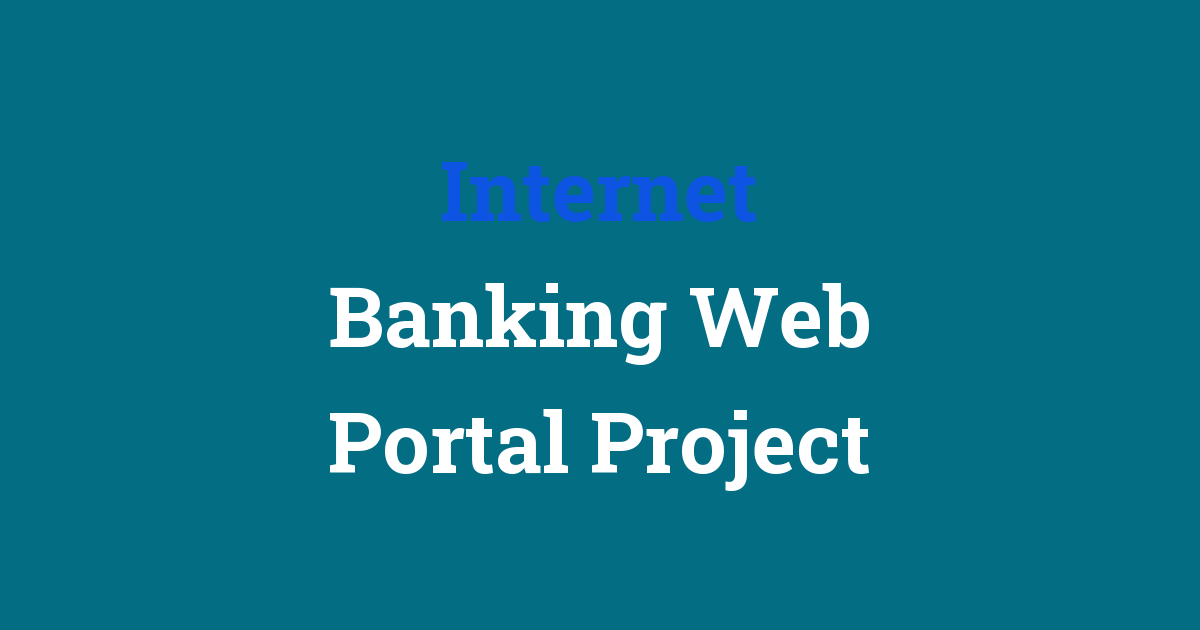Explore 1000projects for potential career opportunities.
Introduction:
The Bachelor of Technology degree in India is an esteemed program that offers students a wide range of career opportunities in the engineering field. From working in top multinational companies to pursuing research and development projects, graduates of this program are equipped with the skills and knowledge needed to excel in their careers. In this report, we will explore 75 exciting career options for Bachelor of Technology graduates in India.
1. Software Developer:
Develop, test, and maintain software applications for various platforms and industries.
2. Hardware Engineer:
Design and develop computer hardware components such as processors, memory modules, and circuit boards.
3. Network Engineer:
Manage and maintain network infrastructures for organizations, ensuring efficient data communication.
4. Data Analyst:
Collect, analyze, and interpret data to help organizations make informed business decisions.
5. Web Developer:
Create and maintain websites and web applications using programming languages such as HTML, CSS, and JavaScript.
6. Systems Analyst:
Evaluate an organization’s computer systems and procedures to recommend improvements for efficiency.
7. Quality Assurance Engineer:
Test software products to ensure they meet quality standards and user requirements.
8. Cybersecurity Specialist:
Protect an organization’s data and infrastructure from cyber threats and attacks.
9. Database Administrator:
Manage and maintain databases to ensure data integrity, security, and availability.
10. Machine Learning Engineer:
Develop algorithms and models to enable machines to learn from data and make predictions.
11. Project Manager:
Plan, execute, and oversee projects to ensure they are completed on time and within budget.
12. Civil Engineer:
Design and oversee the construction of buildings, roads, bridges, and other infrastructure projects.
13. Electrical Engineer:
Design, develop, and test electrical systems and components for various applications.
14. Mechanical Engineer:
Design and develop mechanical systems and components such as engines, machines, and equipment.
15. Aerospace Engineer:
Design and develop aircraft, spacecraft, and other aerospace systems.
16. Environmental Engineer:
Develop solutions to environmental problems and ensure compliance with regulations.
17. Chemical Engineer:
Design and oversee chemical processes for manufacturing products such as plastics, pharmaceuticals, and fuels.
18. Biomedical Engineer:
Design and develop medical devices, equipment, and systems to improve healthcare.
19. Robotics Engineer:
Design and develop robots and autonomous systems for various applications such as manufacturing and healthcare.
20. Telecommunications Engineer:
Design and maintain communication systems for data and voice transmission.
21. Renewable Energy Engineer:
Design and develop systems for harnessing renewable energy sources such as solar, wind, and hydro power.
22. Nanotechnology Engineer:
Design and develop materials and devices at the nanoscale for various applications.
23. Automotive Engineer:
Design and develop vehicles and their components for the automotive industry.
24. Marine Engineer:
Design and develop ships, submarines, and offshore structures.
25. Geotechnical Engineer:
Analyze and design structures and foundations for construction projects.
26. Petroleum Engineer:
Design and develop processes for extracting and processing oil and gas resources.
27. Textile Engineer:
Design and develop textiles and materials for the fashion and textile industry.
28. Food Engineer:
Design and develop food products and processes for the food industry.
29. Systems Engineer:
Design and integrate complex systems for various industries such as aerospace, defense, and telecommunication.
30. Industrial Engineer:
Improve processes and systems to optimize efficiency and productivity in industries such as manufacturing and logistics.
31. Materials Engineer:
Develop materials with specific properties for various applications such as electronics, aerospace, and healthcare.
32. Fire Protection Engineer:
Design and implement fire protection systems for buildings and structures.
33. Mining Engineer:
Design and oversee mining operations to extract minerals and resources from the earth.
34. Water Resources Engineer:
Design and manage water resources and infrastructure to ensure sustainable water supply.
35. Acoustic Engineer:
Design and optimize spaces for optimal sound quality and noise control.
36. Software Engineer:
Design and develop software applications for specific industries such as finance, healthcare, and entertainment.
37. Instrumentation Engineer:
Design and develop instruments and control systems for monitoring and controlling processes.
38. Control Systems Engineer:
Design and develop control systems for automating processes and systems.
39. Structural Engineer:
Design and analyze structures to ensure they meet safety and performance requirements.
40. Traffic Engineer:
Design and manage traffic systems for optimal flow and safety.
41. HVAC Engineer:
Design heating, ventilation, and air conditioning systems for buildings and industrial facilities.
42. Optical Engineer:
Design and develop optical systems and components for applications such as imaging and telecommunications.
43. Mechatronics Engineer:
Design and develop integrated systems that combine mechanical, electrical, and software components.
44. Energy Engineer:
Design and develop systems for efficient energy generation, distribution, and consumption.
45. Forensic Engineer:
Investigate and analyze engineering failures and accidents to determine the cause and prevent future occurrences.
46. Environmental Consultant:
Provide expertise on environmental issues and regulations to organizations and government agencies.
47. Research Scientist:
Conduct research and experiments to advance knowledge and technologies in various fields.
48. Technical Writer:
Create technical documentation and manuals for software products and engineering processes.
49. Sales Engineer:
Sell technical products and services to customers and provide technical support.
50. Biotechnology Engineer:
Develop and implement technologies for manipulating biological systems for medical, agricultural, and industrial purposes.
51. Urban Planner:
Design and plan urban areas and infrastructure for optimal functionality and sustainability.
52. Disaster Management Specialist:
Plan and coordinate emergency response and recovery efforts in the event of natural or man-made disasters.
53. Geospatial Engineer:
Collect, analyze, and interpret geographic data for mapping, navigation, and urban planning.
54. Ergonomics Engineer:
Design products and workspaces to optimize human performance and safety.
55. Aerospace Systems Engineer:
Design and integrate complex systems for aircraft and spacecraft.
56. Healthcare Technology Specialist:
Manage and support technology systems in healthcare settings to improve patient care and outcomes.
57. Agricultural Engineer:
Design and develop technologies for farming and food production.
58. Sound Engineer:
Record, mix, and produce audio for music, film, and other media.
59. Building Services Engineer:
Design and maintain building services such as lighting, ventilation, and plumbing.
60. Cloud Engineer:
Design and manage cloud computing systems for storing and accessing data and applications.
61. Gaming Engineer:
Design and develop video games and interactive experiences for entertainment and education.
62. Aerospace Manufacturing Engineer:
Design and optimize manufacturing processes for aerospace components and systems.
63. Solar Energy Engineer:
Design and implement solar energy systems for residential, commercial, and industrial use.
64. Automotive Safety Engineer:
Design and test safety features for vehicles to protect occupants in the event of accidents.
65. Railway Engineer:
Design and maintain railway systems and infrastructure for efficient transportation.
66. Mobile App Developer:
Create and develop mobile applications for smartphones and tablets.
67. Renewable Energy Consultant:
Provide expertise on renewable energy technologies and solutions for businesses and organizations.
68. Virtual Reality Engineer:
Design and develop virtual reality experiences and applications for gaming, training, and simulation.
69. Oil and Gas Engineer:
Design and oversee oil and gas exploration, drilling, and production processes.
70. Building Information Modeling (BIM) Specialist:
Create and manage digital representations of building projects for design, construction, and maintenance.
71. Water and Wastewater Engineer:
Design and implement systems for treating and managing water and wastewater.
72. Aviation Engineer:
Design and maintain aircraft systems and components for safe and efficient flight.
73. Energy Consultant:
Provide expertise on energy conservation and efficiency measures for businesses and organizations.
74. Renewable Energy Project Manager:
Plan and oversee renewable energy projects from conception to completion.
75. Systems Integration Engineer:
Design and integrate complex systems and technologies for seamless operation and performance.
In conclusion, the Bachelor of Technology degree in India offers a wide range of exciting career opportunities for graduates in various engineering disciplines. From designing and developing cutting-edge technologies to managing and overseeing large-scale projects, the skills and knowledge gained through this program prepare graduates for success in the engineering industry. With the increasing demand for skilled engineering professionals in India and around the world, pursuing a career in engineering can lead to a fulfilling and rewarding career with ample opportunities for growth and advancement.










